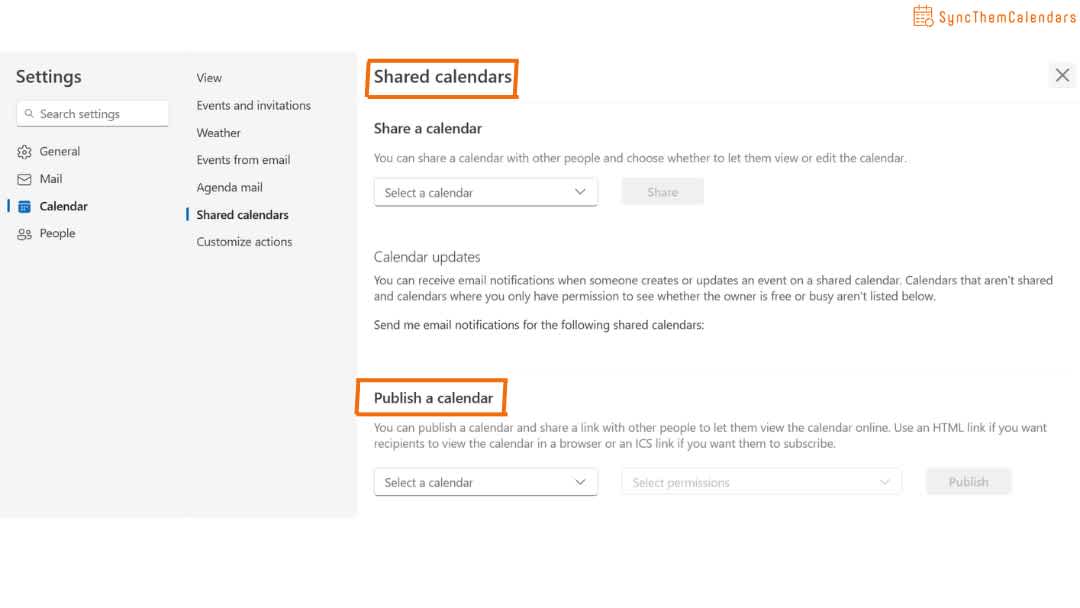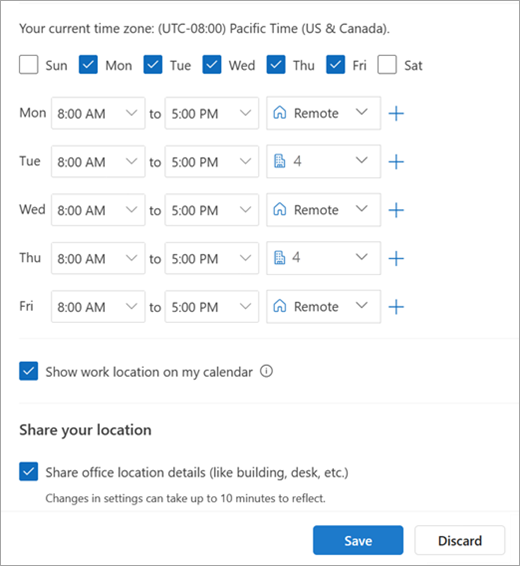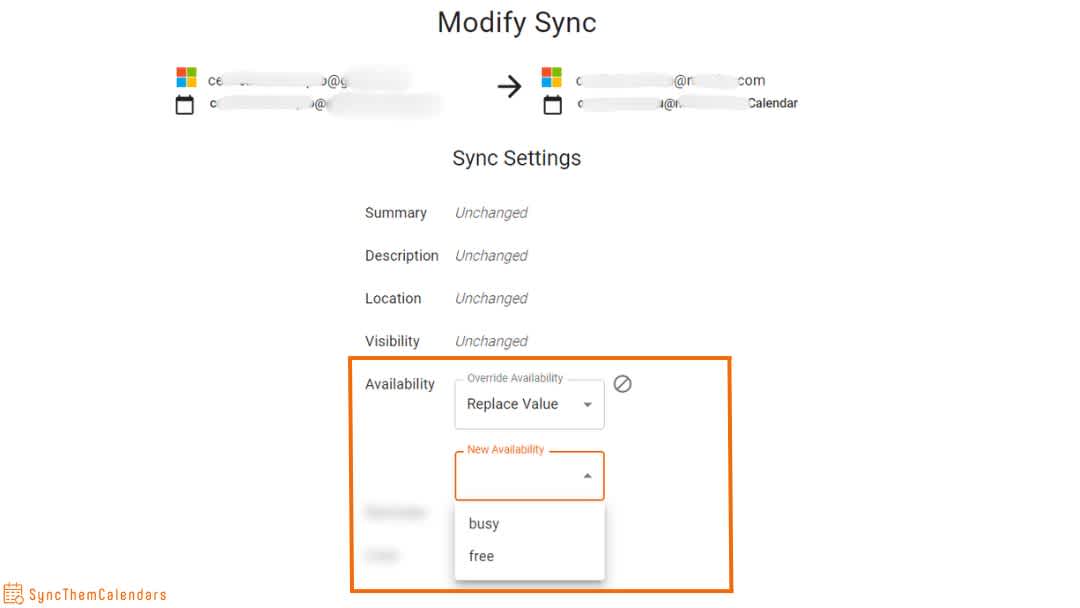Have you ever felt like your calendar was in "Tetris" mode, with meetings stacking up without ever finding the right slot? You're not alone!
But don't worry, with a few adjustments, you can take back control and avoid those blocks from crashing.
👉Ready to win the game? Here's how to best manage your availability with Outlook Calendar, especially within your organization.
I'm a user: what can I do with Outlook Calendar to manage my availability?
Share the availability from my personal account to my business account
It is not possible to directly share your personal Outlook calendar with another personal or business account within your organization.
But why? Personal Outlook calendars and business calendars operate in distinct environments. Business Outlook calendars are based on Microsoft Exchange or Office 365 servers, which use specific protocols.
Well… not a great start! But there are always options to work around this limitation!
The most effective option is availability sharing: this allows your business account to see when you're available or busy without exposing the details of your personal events.
👉 How to do it?
Open your personal Outlook calendar. Select the option to "Share Calendar." Enter your business email address and set the permissions to "View only free/busy information." This way, you'll be able to see when you're busy from your work account.
Making my personal calendar public
Making a calendar public means you create a shareable link. Anyone with this link can view your calendar. You can choose to share only availability information (free/busy) or more detailed event information.
💡 A useful tip: Your personal calendar will only be visible in read-only mode in your professional calendar. This means you can view events but not modify them from your work account.
Here's how to proceed:
- From your personal account, click "Settings," then "View all Outlook settings."
- Select “Calendar” > “Shared Calendars.” Choose the calendar you want to share.
- Select the permissions: either "Availability only" (free/busy) or "All details."
- Copy the ICS link generated.
- Then go to your work calendar, click “Add Calendar,” and select “From the Internet.” Paste the ICS link. The calendar will appear in your calendar view, but in read-only mode.

Specifying the time slots when I'm available
Outlook Calendar allows you to specify time slots for each day of the week when you are available. This helps with planning meetings or other events by using the Working hours feature.
👉 How to do it? Access the settings in Outlook Calendar. Once in the calendar settings, you can set your working hours for each day of the week.
Example: Thursday: 12:00 PM - 8:00 PM Friday: 8:00 AM - 4:00 PM
What do others see? When someone tries to schedule a meeting outside of your working hours, Outlook informs the organizer that you are outside your working hours.
What do others see? When someone tries to schedule a meeting outside of your working hours, Outlook informs the organizer that you are outside your working hours.

💡 The little thing to know: Unlike Google Calendar, Outlook doesn’t automatically block the creation of meetings outside your working hours. Outlook does not provide specific notifications when meetings are scheduled outside your working hours.
So, team Google or team Outlook?
And if I use multiple calendars in Outlook? Working hours do not automatically sync between them. This means managing conflicts between calendars is more about viewing multiple calendars side by side, rather than relying on automatic synchronization of working hours.
💡 Extra tip!
Use availability statuses: Set your status to "Busy," "Free," "Away," or "Out of Office" for specific time slots, which is useful for signaling your unavailability to others.
Avoid schedule conflicts with automatic conflict checking
The Scheduling Assistant feature is primarily available for business calendars that use Microsoft Exchange or Microsoft 365. The Scheduling Assistant checks everyone’s availability in real-time and suggests new times if a conflict is detected.
How does it work? When creating a meeting in Outlook, click the Scheduling Assistant option. Add the participants to your meeting. See if people are available using the color code (white: free; light gray row with dots: busy; light blue striped: tentative; dark blue: outside working hours; pink row with crosses: no data available or undefined). Use automatic suggestions to set a suitable time.

I'm an admin: what can I do with Outlook Calendar to manage availability on company calendars?
Welcome to the power! ✊
Managing calendar sharing at the organizational level
How can users share their calendars, inside and outside the organization? You have 4 options.
Internal sharing:
- You decide if all calendars are automatically visible to other employees within the organization.
- You can limit sharing to a simple view of availability (free/busy) or allow more complete sharing.
External sharing:
- You decide if calendars can be shared with people outside the organization. You can block or restrict calendar sharing via ICS links or meeting invitations.
- You can specify the level of access for external users. For example, access to free/busy status only, or full access to event details.
💡 A useful tip: The external user could be yourself with your personal calendar!
Manage working hours settings
You can either configure default working hours for the entire organization or allow employees to personalize them.
A professional's insight: how to manage your availability with multiple calendars?
The limit of Outlook Calendar
As you've understood, it's not easy to share a business calendar with a personal one and vice-versa. Even viewing can be limited.
So, let's not even talk about synchronization!
Synchronization means copying events from one calendar to another. This means that if you modify an event in one calendar, the change will immediately appear on the other calendar.
And that's impossible with Outlook Calendar’s native features. Fortunately, we have a solution!
What SyncThemCalendars does
It does one thing, and it does it well: synchronizes your various calendars together.
Simply put, every time you add or change an event on one calendar, SyncThemCalendars works to ensure that the calendar it's synced with is immediately updated, without any intervention on your part.
Its operation is child’s play: you create a sync from a target calendar to a source calendar. SyncThemCalendars then offers 7 settings that you can modify or leave as is. The goal is to precisely decide how a source calendar event appears in the target calendar: Summary, Description, Location, Visibility, Availability, Reminder, Color.
The “Availability” setting is especially useful. It allows you to decide if the source calendar events should block appointments. For example, setting the status to "busy" prevents bookings, while "free" allows others to schedule meetings.

As you can see in the screenshot below, in my personal calendar (which is my source calendar), I’m expecting a delivery… let’s say, of various items, during a fairly wide time window, from 7:30 AM to 5:00 PM, because that day, I’m working from home. But does that mean I’ll be stuck all day?
Of course not, I’m a model employee! My dedication to work is unwavering, so I remain available, and my dear colleagues can easily schedule meetings.
Conclusion
To manage your availability when sharing your personal calendar with your work one, consider SyncThemCalendars.
Try our synchronization tool here; it's free with no commitment! 14 days offered! No credit card required.
Oh, and if you ever need to finely tune the sync between a target and a source calendar, we also have different visibility settings.


